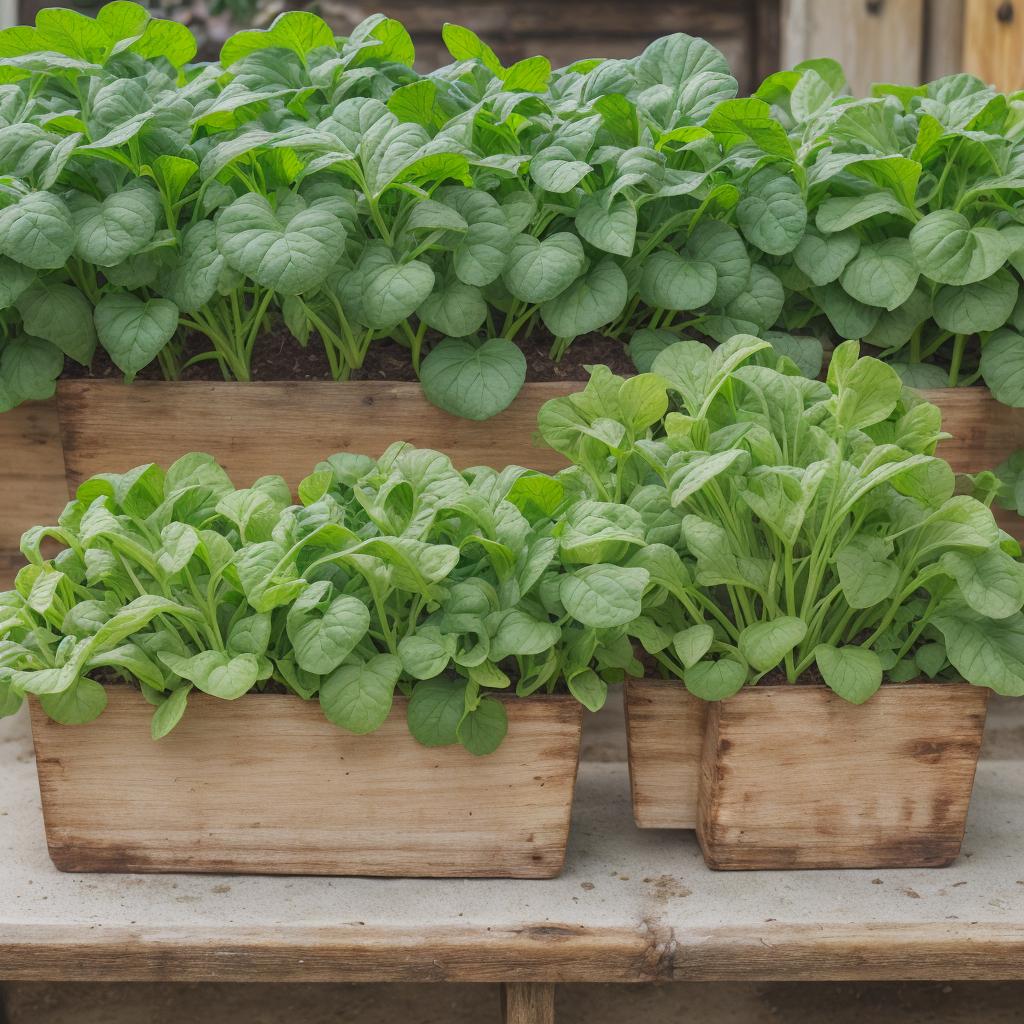In recent years, the trend of cultivating home gardens has seen a significant surge. More and more people are embracing the joy of growing their vegetables, and the satisfaction of harvesting your produce is unparalleled. Once you’ve successfully nurtured your garden, the next exciting step is incorporating those fresh, homegrown veggies into your daily meals. In this comprehensive guide, we’ll explore creative and delicious ways to make the most of your garden bounty. From vibrant salads to hearty soups, let’s dive into the world of garden-to-table goodness.
1. Salads That Burst with Flavor
When it comes to showcasing the freshness of your homegrown veggies, salads are a fantastic choice. Create a colorful medley by combining tomatoes, cucumbers, bell peppers, and fresh herbs. Toss them with a homemade vinaigrette made from your garden’s own herbs for an extra burst of flavor. Experiment with different textures by adding roasted nuts or seeds. Your taste buds will thank you, and your body will appreciate the nutrient-packed goodness.
2. Savory Veggie Pies and Quiches
Transform your garden produce into mouthwatering pies and quiches. A flaky, buttery crust filled with a mixture of sautéed vegetables like zucchini, mushrooms, and spinach can make for a delightful brunch or dinner option. Add a generous sprinkling of cheese for that perfect finishing touch.
3. Grilled Veggie Skewers for the Win
Summer calls for outdoor grilling, and your homegrown veggies are perfect candidates for skewers. Thread cherry tomatoes, bell peppers, zucchini, and mushrooms onto skewers, and grill them to perfection. Brush them with a balsamic glaze or a garlic-infused olive oil for an irresistible smoky flavor.
4. Homemade Pasta Sauces Bursting with Goodness
There’s nothing quite like the taste of a homemade pasta sauce crafted from your garden’s bounty. Blend ripe tomatoes, garlic, onions, and herbs to create a rich and flavorful sauce. Simmer it to perfection and serve over your favorite pasta for a wholesome, garden-infused meal.
5. Hearty Vegetable Soups for Cozy Evenings
As the weather turns cooler, warm up with hearty vegetable soups made from your garden harvest. Combine root vegetables like carrots and potatoes with seasonal favorites such as butternut squash or kale. Infuse your soups with aromatic herbs for an extra layer of taste.

6. Stuffed Bell Peppers – A Flavor Explosion
Stuffed bell peppers are not only visually appealing but also a delicious way to use your homegrown peppers. Create a filling using a mix of quinoa or rice, beans, tomatoes, and spices. Bake until the peppers are tender and the stuffing is golden brown for a satisfying and healthy meal.
7. Fresh Herb Infusions for Beverages
Don’t forget to utilize the herbs from your garden to elevate your beverages. Create refreshing infusions by adding mint, basil, or thyme to water or iced tea. Experiment with combinations to discover your favorite garden-inspired drink.
8. Preserving the Harvest: Homemade Pickles and Salsas
Extend the life of your garden produce by preserving them in the form of pickles or salsas. Pickling cucumbers, onions, and even carrots not only adds a tangy crunch to your meals but also ensures that your harvest lasts well beyond its peak season.
Conclusion
Embracing a garden-to-table lifestyle not only enriches your meals with fresh, flavorful ingredients but also connects you with the process of food cultivation. Whether you’re a seasoned gardener or a novice, the joy of transforming your homegrown veggies into delectable dishes is unparalleled. Experiment with these ideas, get creative, and savor the fruits of your gardening labor.
FAQs
Q1: Can I use any type of soil for my home garden?
A1: While many types of soil can be suitable for gardening, it’s essential to choose well-draining soil enriched with organic matter. Consider a soil test to determine specific nutrient needs for optimal plant growth.
Q2: How often should I water my garden?
A2: The frequency of watering depends on factors such as the type of plants, weather conditions, and soil moisture levels. Generally, aim for deep, consistent watering rather than frequent shallow watering to encourage strong root development.
Q3: What are some beginner-friendly vegetables to grow?
A3: Beginners might find success with easy-to-grow vegetables like tomatoes, lettuce, radishes, and herbs such as basil and mint. These plants are relatively forgiving and provide a satisfying harvest for novice gardeners.
Q4: How can I protect my garden from pests without using harmful chemicals?
A4: Natural pest control methods include introducing beneficial insects, companion planting, and using neem oil or garlic-based sprays. Additionally, regularly inspecting your plants for signs of pests can help address issues before they escalate.
Q5: Is it possible to grow vegetables indoors?
A5: Yes, many vegetables can be grown indoors, especially those that don’t require a lot of space. Consider options like herbs, cherry tomatoes, and peppers, and ensure they receive adequate sunlight or artificial light if grown indoors.